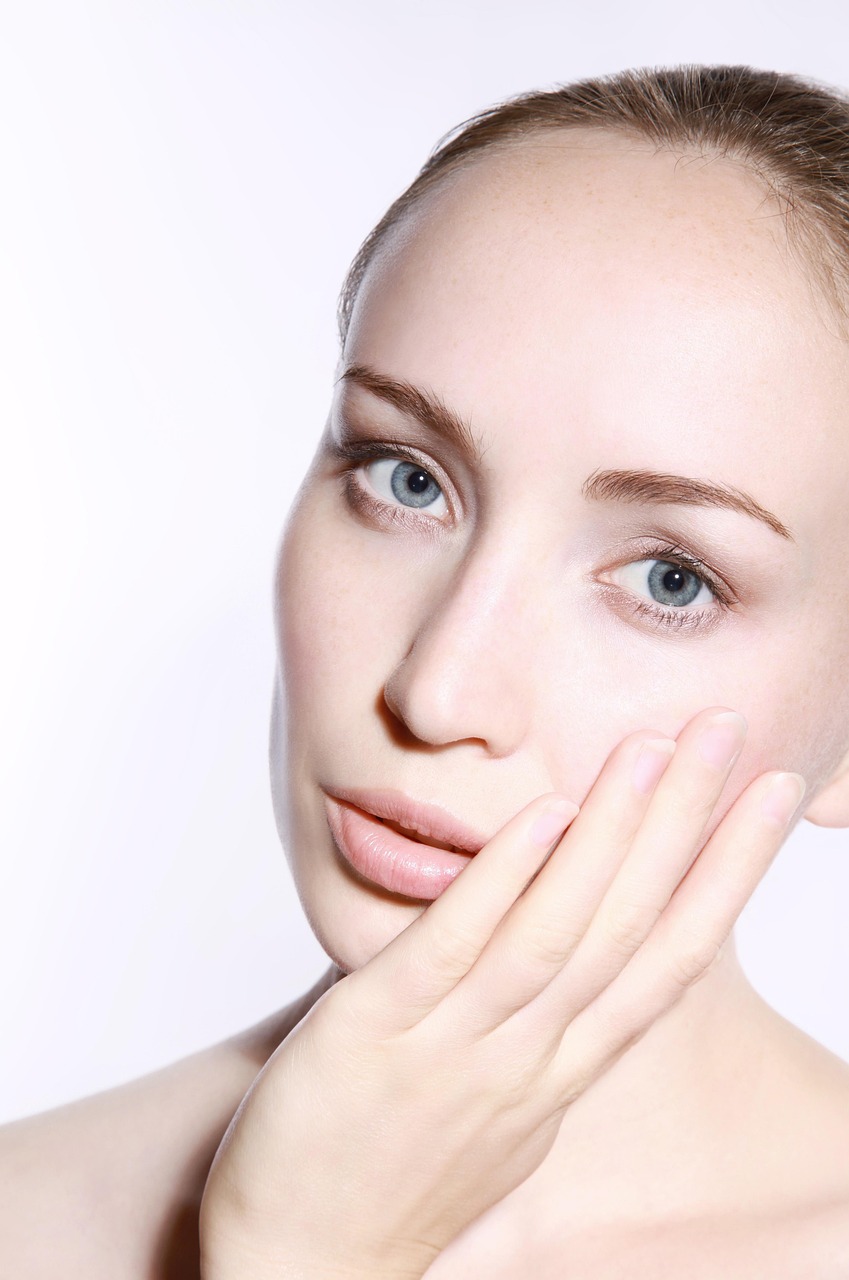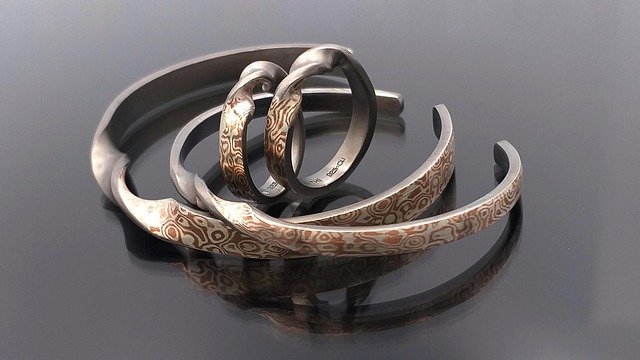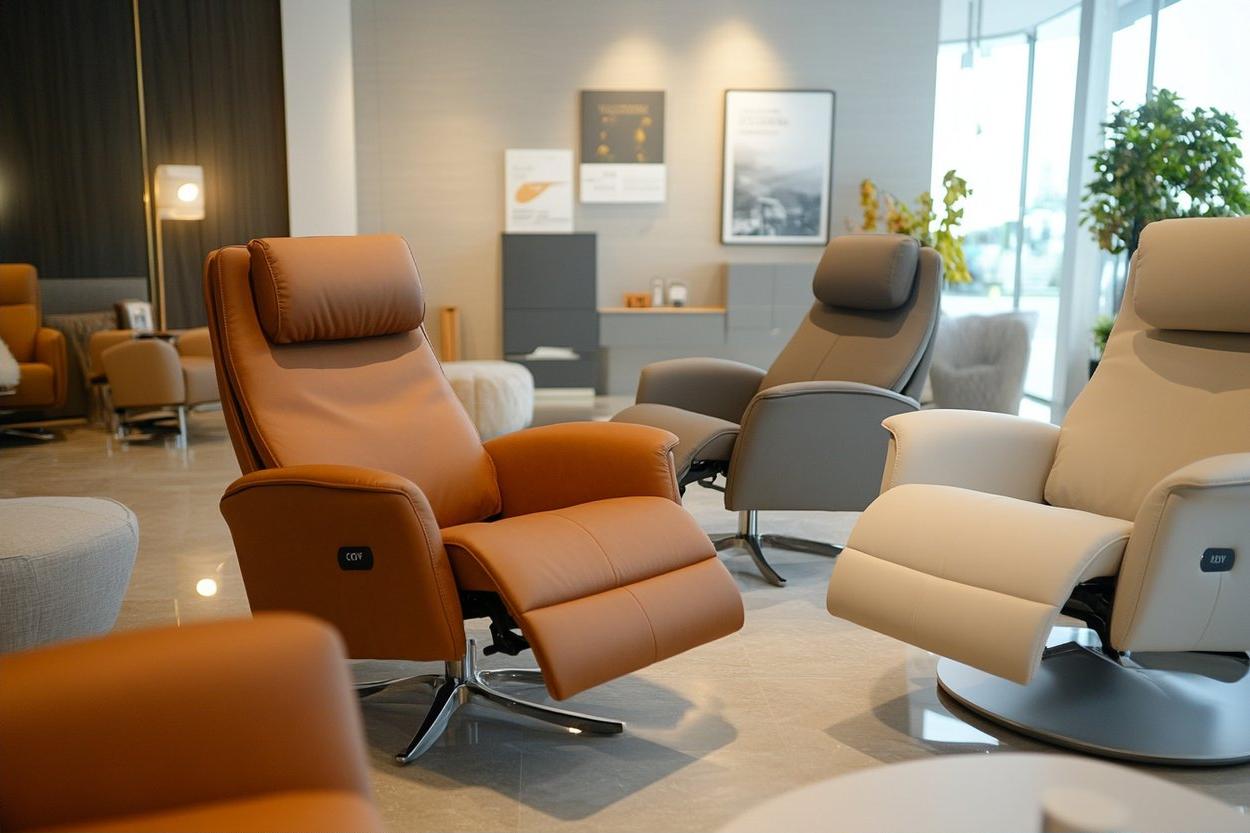Wrinkles Around Mouth?
Read about the different reasons people experience fine lines or wrinkles near their lips and mouth area. This content discusses general information, including factors such as hydration, sun care, and overall wellness that may help maintain healthy-looking skin as people age.

Wrinkles around the mouth, often called smile lines, lip lines, or perioral lines, are a common sign of skin aging that many people notice first in the mirror. They reflect the natural movement of the mouth, the structure of the skin and underlying tissues, and long term influences such as sun exposure and lifestyle. Understanding how and why they appear helps you choose care strategies that match your goals and comfort level.
Learn about mouth wrinkles
Mouth wrinkles appear in a few recognizable patterns. Vertical lip lines, sometimes called smokers lines, form above the upper lip where the skin is thin and mobile. Nasolabial folds run from the sides of the nose to the corners of the mouth and often deepen with age as volume and elasticity change. Marionette lines extend from the mouth corners toward the chin and can contribute to a downturned look. When people say learn about mouth wrinkles, these are usually the features they mean. Some lines are dynamic and show mainly when you talk, smile, or sip through a straw, while others become static and are visible at rest.
Explore causes of mouth lines
If you want to explore causes of mouth lines, think of both intrinsic and extrinsic factors. Intrinsic aging is guided by genetics and time: collagen and elastin production slows, and hyaluronic acid stores decline, leaving skin less springy. Extrinsic influences include ultraviolet radiation, which accelerates collagen breakdown; smoking, which reduces blood flow and increases oxidative stress; repetitive pursing or straw use; and dehydration. Weight changes can alter support in the midface, and dental or bite issues may subtly shift the way lips and muscles rest, affecting crease patterns. Environmental pollution, poor sleep, and high stress further contribute to visible lines around the mouth.
Skin changes over time
Read about skin changes over time and you will see several processes working together. Cell turnover becomes slower, so roughness and dullness can make fine lines look more prominent. Oil production decreases for many people, particularly after midlife, which can reduce natural moisture at the lip border. Glycation, a process where sugars bind to proteins, can stiffen collagen. Hormonal shifts may speed volume loss and dryness. People with different skin tones experience aging differently; for example, higher melanin can offer some natural UV protection, but uneven pigmentation or texture may still emphasize contours. Regardless of tone, diligent sun protection helps preserve collagen and reduce the appearance of mouth lines.
How wrinkles form
To understand how wrinkles form in this area, it helps to consider the mouth’s anatomy. The orbicularis oris muscle encircles the lips and drives constant movement for speech, eating, and expression. Over years, repetitive folding plus gradual collagen and elastin loss can etch lines into the overlying skin. Ultraviolet exposure increases enzymes that break down collagen, while oxidative stress damages supportive fibers. The vermilion border, where lip meets skin, is thin and naturally low in oil glands, making it prone to dryness. As facial fat pads shift and bone resorption subtly changes facial contours with age, support under the mouth can lessen, allowing existing creases to deepen into more permanent lines.
Lip area lines: care options
Discover info on lip area lines by starting with daily habits. Use a broad spectrum SPF 30 or higher every day, including a lip specific sunscreen, to help prevent collagen loss. Apply a gentle moisturizer and consider ingredients with evidence, such as retinoids around the mouth at night, peptides, and alpha hydroxy acids used carefully to smooth texture. Hyaluronic acid serums or balms can boost surface hydration, which may soften the look of fine lines. Avoid or reduce smoking and consider limiting straw use. A humidifier, adequate water intake, and a balanced diet that includes antioxidants may support skin health. Home massage can improve comfort and product absorption, though evidence for major line reduction is limited.
For more intensive options, local services provided by qualified professionals in your area may include prescription retinoids, chemical peels tailored to the perioral zone, microneedling, laser resurfacing, neuromodulators for dynamic lip lines, and hyaluronic acid fillers to restore structure at the lip border or folds. These approaches vary in downtime, longevity, and suitability based on skin type and goals. A personalized plan with a licensed clinician helps align techniques with your skin’s needs and your tolerance for recovery time.
This article is for informational purposes only and should not be considered medical advice. Please consult a qualified healthcare professional for personalized guidance and treatment.
In summary, wrinkles around the mouth develop through a blend of natural movement, structural skin changes, and long term environmental effects. Recognizing the types of lines and the factors that shape them allows for realistic expectations and a layered approach. Daily sun protection, smart skincare, and, when appropriate, in clinic procedures can work together to improve texture and soften the appearance of lines over time.




